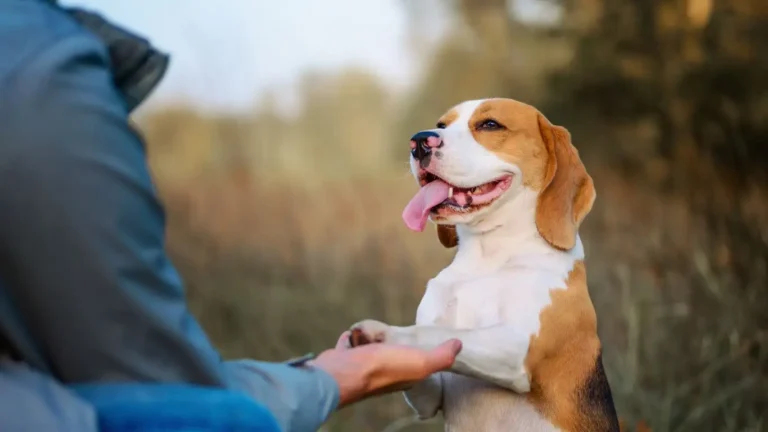How to Train a Dog to Walk at a Steady Pace – Master Calm Walks
If you’ve ever found yourself getting yanked down the street by your overly enthusiastic pup, you’re definitely not alone. One of the most common questions I hear from new dog parents is: how to train a dog to walk at a steady pace. As someone who’s worked in canine-assisted therapy training for years, I can tell you—it’s totally possible, and way easier when you understand your dog’s mindset. This isn’t just about making walks more manageable (though that’s a huge bonus); it’s also about building a deeper bond, reinforcing trust, and improving your dog’s overall behavior in other areas too. So let’s get into it, casually but effectively, like we’re chatting over coffee—with our dogs snoozing at our feet, of course.
Why Dogs Pull and Pace Like Maniacs

Before diving into solutions, let’s look at the *why*. I always say: understanding your dog’s motivations is like unlocking the cheat codes to better training. Dogs are naturally curious, and the outside world is full of scents, sights, and squirrels (a triple S combo they just can’t resist). So when they’re out on a walk, it’s basically the canine version of Disneyland.
But here’s the kicker—dogs don’t automatically understand the concept of walking beside you calmly. That’s something we have to teach them. And a lot of the pulling stems from sheer excitement or lack of clarity on what we actually expect from them.
The Energy Mismatch Between Human and Dog
Our idea of a “walk” is usually chill. Maybe a podcast in our ears, coffee in hand, steady pace, and no chaos. But our dogs? They’re launching into an adventure mission every time they hit the pavement. That mismatch in energy levels? That’s where the trouble starts.
I remember one of my therapy dogs, Maple—a sweet, gangly Golden Retriever who acted like the sidewalks were lava. First few weeks with her on leash? I felt like I was kite-surfing behind a furry tornado. But with consistent training and structure, she became one of the calmest walkers I’ve ever worked with.
Setting the Right Foundation Before You Even Step Outside
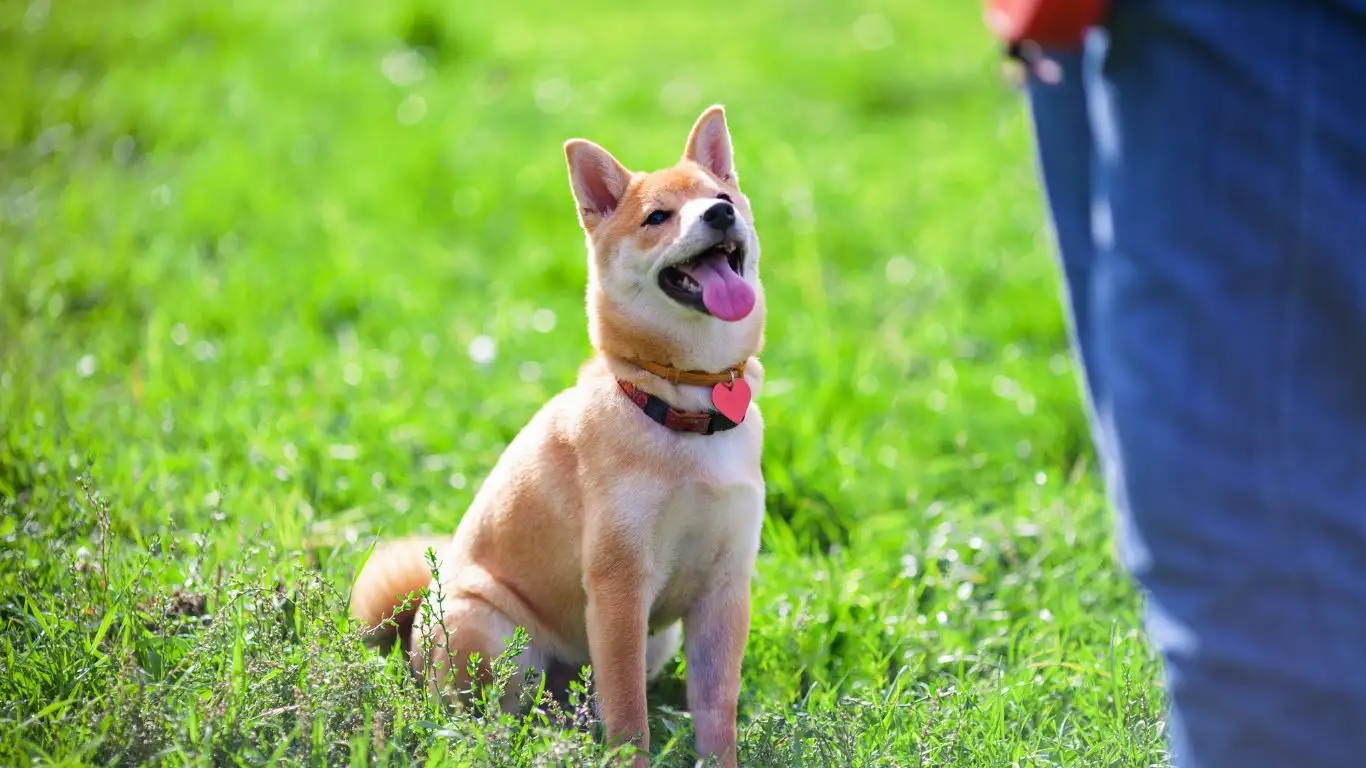
Start Indoors, Away From Distractions
Trying to fix leash behavior out in the wild is like learning to swim in a hurricane. You need a controlled space first. Start in your hallway, backyard, or living room. Use this quiet space to teach your dog the basics of pacing beside you and responding to cues like “heel” or “let’s go.”
- Use a short leash at first (no retractables, please—those things are chaos machines).
- Reward every few steps when your dog walks beside you without pulling.
- Use verbal praise and treats—lots of ‘em. Make it a party when they get it right.
Pick the Right Gear (Yes, It Matters!)
Equipment doesn’t magically fix behavior, but it *does* support the training process. Some of my favorite tools:
- Front-clip harness: Gives you more control and discourages pulling without choking your pup.
- Martingale collar: Great for dogs that tend to back out of collars but shouldn’t be used as punishment.
- Standard 4-6 ft leash: Enough room for movement, not so much that they’re out of control.
And just to toss in a personal note—I’ve seen a massive difference in how dogs respond just by switching gear. A client once brought in a boxer mix who’d been dragging her across gravel trails for weeks. One switch to a front-clip harness and a few days of basic drills? Game changer.
Step-By-Step: Teaching Your Dog to Walk at a Steady Pace
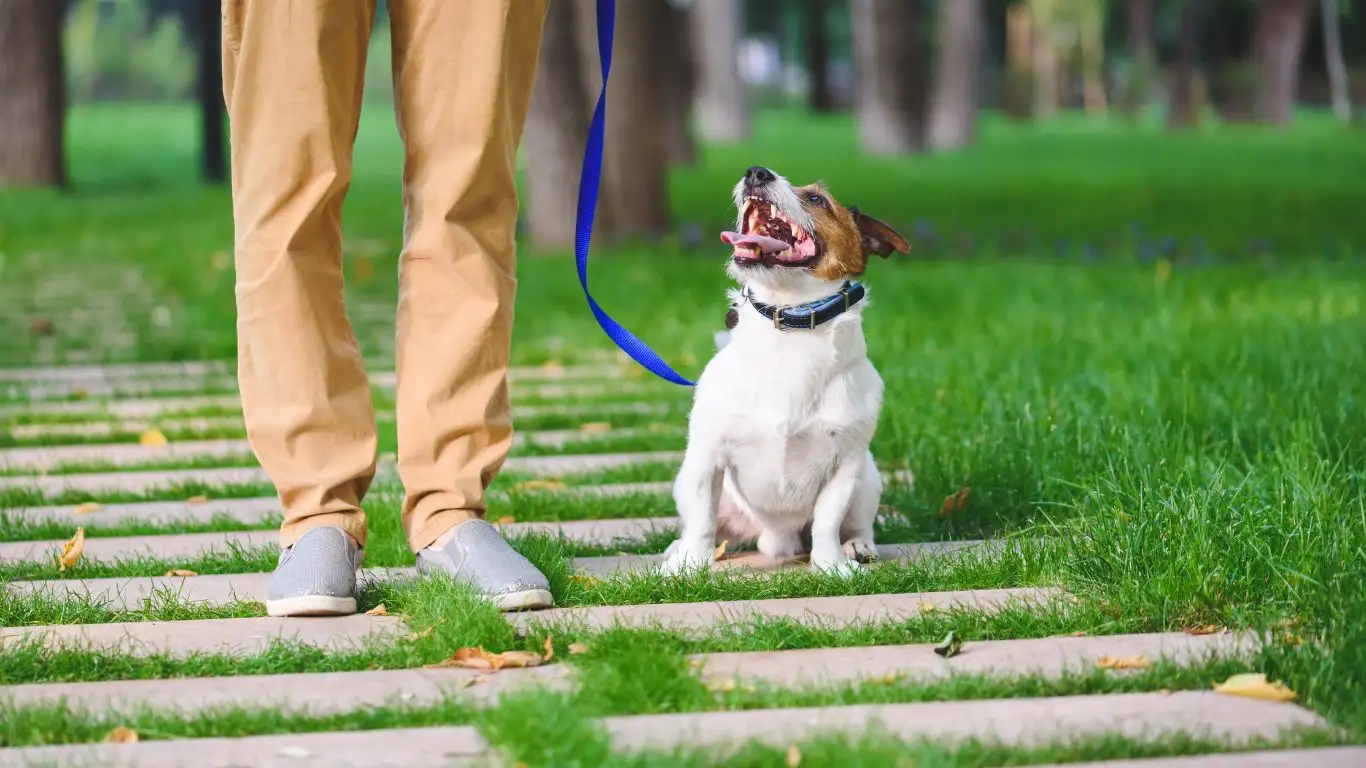
1. Start With “Reset Walks”
These are short sessions (think 5-10 minutes) focused purely on teaching pace. Don’t worry about distance. Just focus on consistency and calm movement. Use a marker word like “yes” or clicker to reinforce moments when your dog is walking in sync with you.
2. Use Turns to Regain Focus
When your dog pulls or surges forward, don’t yank them back. Instead, gently turn and walk in the opposite direction. This teaches them that pulling doesn’t get them where they want—it actually slows the walk down. I call this the “Oops, We’re Going This Way” maneuver.
3. Reward Frequently (But Smartly)
We’re not just throwing treats like confetti. You want to reward when your dog looks up at you, matches your pace, or walks with a loose leash. That’s when you reinforce with a tasty bite or even just a happy “good job!”
Pro tip: For high-energy dogs, mix in a quick game of tug or fetch at the end of the walk. It channels their energy without letting it spill over into the walk itself.
Common Mistakes People Make When Teaching Leash Skills

Now that we’ve laid the groundwork on how to train a dog to walk at a steady pace, let’s chat about a few speed bumps I see all the time. Honestly, I’ve been guilty of some of these myself in the early days. Training a dog isn’t a perfect linear process. It’s messy, it’s real—and sometimes, you’ve gotta laugh through the chaos.
Overcorrecting or Yanking the Leash
This one’s super common, especially when you’re frustrated. But the truth is, jerking the leash teaches your dog nothing… except maybe that walks are unpleasant. What we want is for them to choose to walk calmly beside us, not fear punishment for exploring.
Being Inconsistent with Rules
If your dog gets away with pulling sometimes—say, when you’re in a rush—they’ll keep trying. Dogs thrive on consistency. If the rule is “we walk calmly,” it has to apply every time, not just when it’s convenient. I once had a client whose dog pulled like crazy every Monday. Turns out, Monday was trash day—so there were snack-worthy distractions on every curb. We had to go back and reinforce the rules, even if it meant slower walks. It worked, though.
Skipping Mental Prep Before the Walk
If your dog is already hyped before you even grab the leash, guess how the walk’s gonna go? Yeah… not great. I always recommend giving dogs a few minutes of calm time before clipping the leash on. No fanfare. Just quiet energy. That sets the tone for everything that follows.
Using Mental Stimulation to Your Advantage
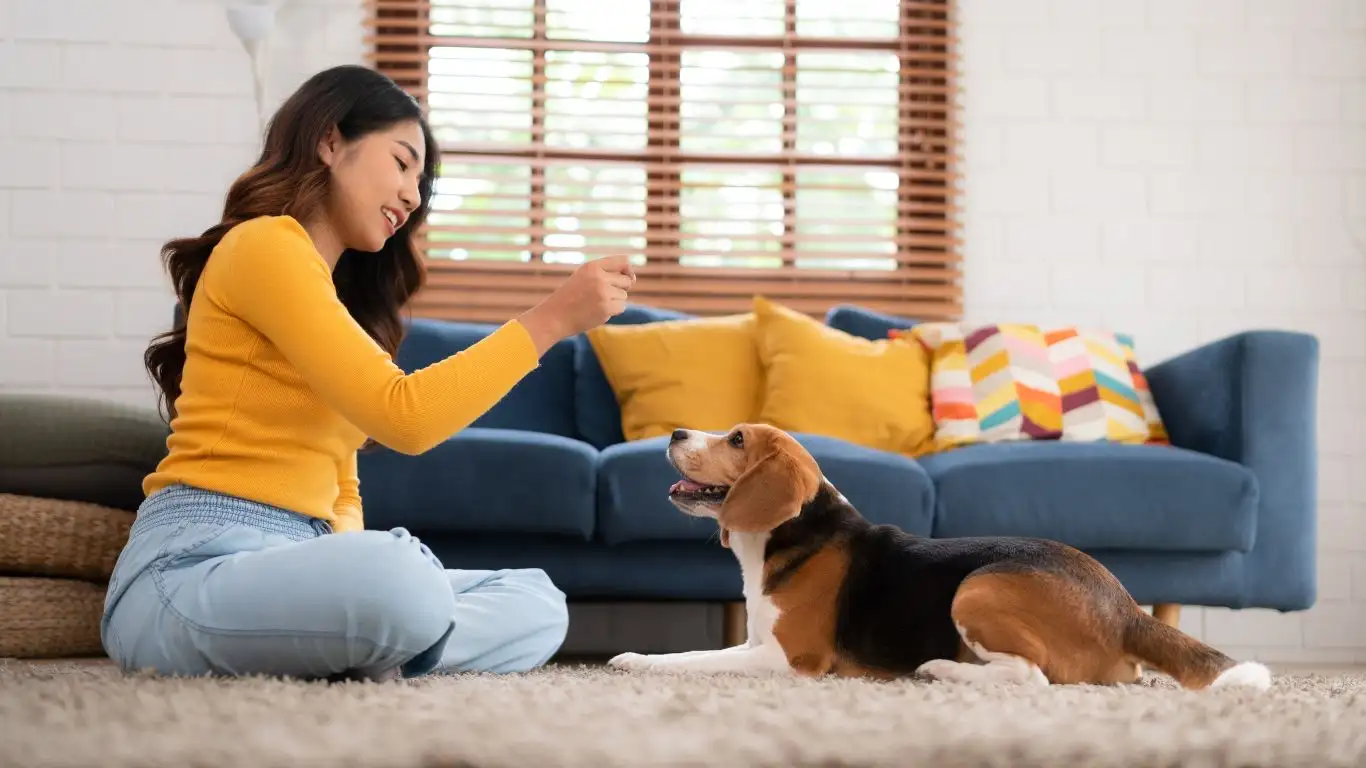
Here’s a little insider trick I use all the time in therapy dog training: mental fatigue is your best friend. A mentally stimulated dog is way more likely to walk calmly than one bouncing off the walls. So, how do we use this?
Pre-Walk Brain Games
- Snuffle mats: Let your dog sniff out treats before the walk. It taps into their natural instincts and takes the edge off.
- Short obedience sessions: A five-minute sit, stay, down routine gets them focused and tuned into you.
- Interactive toys: Anything that requires problem-solving helps use up that extra brain juice.
Just last week, I worked with a young rescue Lab named Juno who could literally do backflips from excitement. We started using a puzzle feeder before walks and saw immediate improvement in her ability to focus on leash. It’s wild how much calmer she became just by working her brain a little before heading out.
Building Duration and Distance: Small Wins Matter
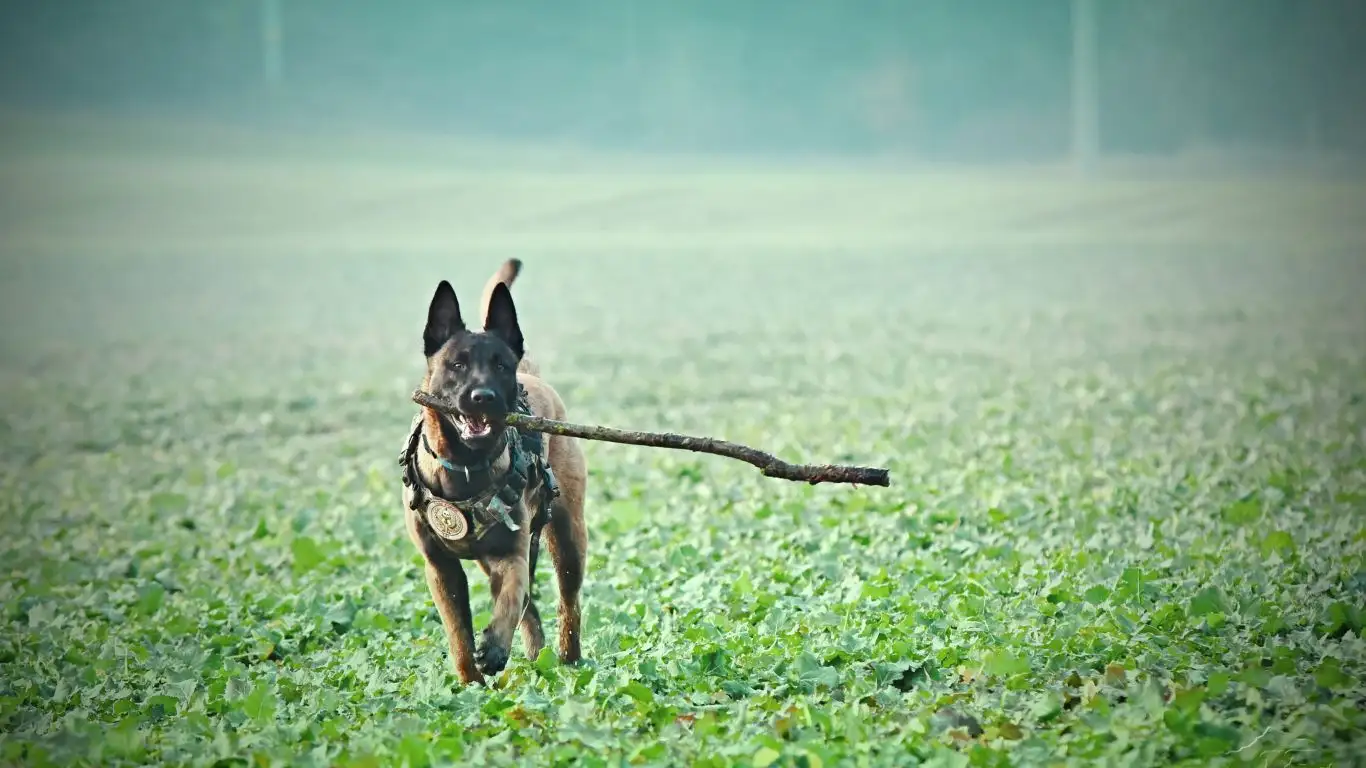
Now that your dog is starting to grasp the idea of steady walking, it’s time to level up. But don’t rush it. Think of this as physical therapy—gradual gains, not giant leaps.
Increase Walk Length Gradually
Maybe you started with 5-minute training walks. Awesome. Keep that up, but slowly stretch it to 10, then 15 minutes as your dog stays consistent. If they regress, just dial it back a bit. Progress isn’t lost—it just needs reinforcing.
Practice in New Environments
Dogs are situational learners. Just because they’re rockstars in your neighborhood doesn’t mean they’ll behave the same way downtown or at the park. I always advise clients to switch up the scenery every few days. Start quiet, then go busy. Train on grass, pavement, gravel—even boardwalks if you’ve got them.
One of my most memorable training sessions was with a husky named Loki (yes, he lived up to the name). He was golden in the suburbs, but completely unraveled at the beach. Seagulls, waves, kids with ice cream—it was sensory overload. So we worked up to it. Now? That dog struts calmly on the boardwalk like he owns it.
Celebrate and Reinforce the Calm Moments
This might sound silly, but throw a mini party when your dog nails it. Give a treat, say something goofy like “Who’s a perfect walker?”—whatever makes your dog feel like a rockstar. That emotional reward matters more than we think.
Final Thought (But Definitely Not the Final Step)
Training a dog to walk at a steady pace isn’t a one-and-done kind of deal. It’s something that evolves. You build on little wins, tweak your approach, and trust that your consistency will pay off. The best part? These walks become more than just a routine. They become your shared rhythm. You’re not just holding a leash—you’re building a connection, one calm step at a time.
Up next, we’ll dive even deeper—because once you’ve nailed the basics, there’s a whole world of advanced leash work, off-leash reliability, and confidence-building you can explore with your dog. But for now? Keep it steady. You’ve got this.
Advanced Tips for Mastering Steady-Paced Walks
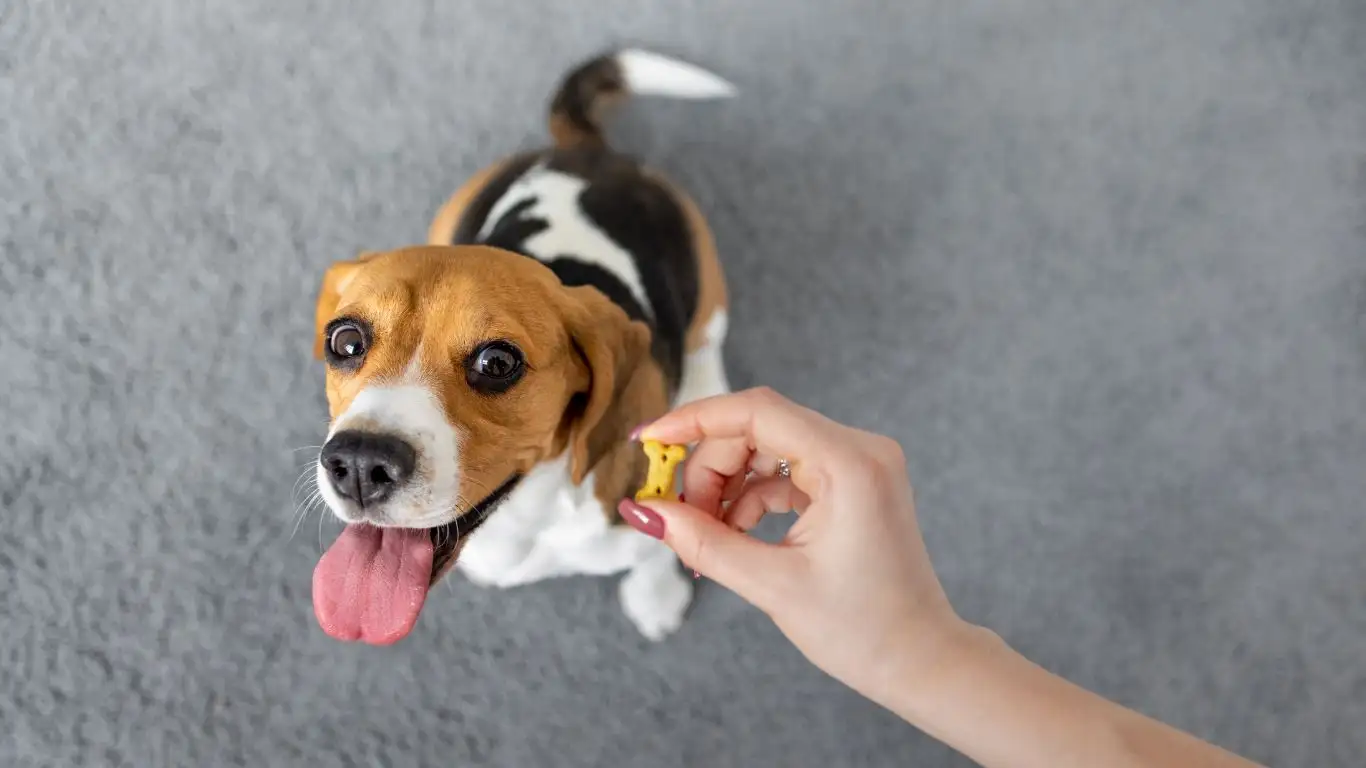
Once your dog has the basics of loose leash walking down, it’s time to take things up a notch. Think of it like graduating from “Walking 101” to “Leash Mastery.” And believe me, once your dog can walk at a steady pace even with chaos all around—joggers, barking dogs, flying leaves—they start to carry themselves with a confidence that spills into everything else they do. It’s honestly beautiful to see.
Introduce Controlled Distractions
If your dog can only walk calmly when the street’s empty, we’ve still got some work to do. The goal is to help your pup stay steady no matter what’s happening around them. One of my favorite exercises is “distraction drills.” Start with smaller distractions—like a friend walking by or a ball rolling past—then gradually level up. Just like training a therapy dog, you want them calm in real-world scenarios, not just textbook conditions.
- Practice near playgrounds (at a distance first).
- Train near other leashed dogs (ask a buddy to help).
- Walk during different times of day—early mornings are very different from busy afternoons.
I once worked with a border collie named Pepper who was triggered by joggers. Every time someone ran by, she’d lose her mind—barking, jumping, the whole nine yards. We worked in a park during low-traffic hours, gradually bringing her closer to the action over weeks. Eventually, she walked calmly beside me even when a whole running club passed us. It took time, but wow, the payoff was huge.
Use “Check-Ins” to Strengthen Focus
One trick I love using (especially in therapy work) is building natural check-ins. It’s when your dog glances up at you without being cued. That moment of eye contact? Gold. It shows they’re tuned in. You can reward it with a simple “yes” or a treat. Over time, they’ll start doing it more often on their own, and it becomes a habit that reinforces focus and connection.
Off-Leash Foundations (Even If You Don’t Plan to Go Off-Leash)

Okay, let’s talk about the big dream: a dog that can walk calmly at your side—no leash necessary. Even if you’re never planning to actually ditch the leash (safety first!), the training that builds up to off-leash reliability creates a whole new level of trust and communication.
Long Line Training
Start with a long training leash (15-30 ft). It gives your dog freedom, but still keeps you connected. Use the same principles from leash work—reward steady pacing, use direction changes, and practice recall (“come” command) regularly. I like to bring long lines into wide open fields or parks where we can practice safely.
Trust-Building Games
Incorporate games like “find me” or “hide and seek” to encourage your dog to stay near and engaged. These are not only fun—they also boost their confidence and deepen the bond between you. I used this method with a rescue pup named Benny who had zero recall at first. By turning it into a fun game, he started coming back to me like a champ every time I called.
Building a Lifelong Habit of Calm Walking
The key to maintaining a dog who walks at a steady pace isn’t in any single technique. It’s all about creating a lifestyle that supports it. That means making calm, focused walks part of your daily rhythm—not just a goal, but a habit. And yes, that takes consistency from both ends of the leash.
Mix Up Walk Purposes
Not every walk has to be a training session. Some should just be fun sniffing strolls, where your dog gets to explore. Others should be more structured and focused. When you mix these up, your dog learns to adapt and be mindful based on the walk’s tone—and that kind of flexible mindset is incredibly valuable.
Check Your Own Energy
This one’s huge. Dogs are emotional sponges. If you’re rushed, frustrated, or distracted, they’ll pick up on that and mirror it. I always tell clients: take a deep breath before you leash up. Set the tone. Be the calm you want your dog to follow.
One of the most memorable moments I had was with a young handler and her therapy dog-in-training. She was having a tough day and didn’t even realize she was tensing the leash. Once she paused, exhaled, and reset, the dog’s whole body language softened too. It was such a powerful reminder that our dogs are always watching us for cues.
References
Disclaimer
This article is based on professional experience and practical training insights from my work as a canine-assisted therapy trainer. It is not intended to replace veterinary advice or professional diagnosis. Always consult your vet or a certified behaviorist for guidance tailored to your specific dog’s needs.





